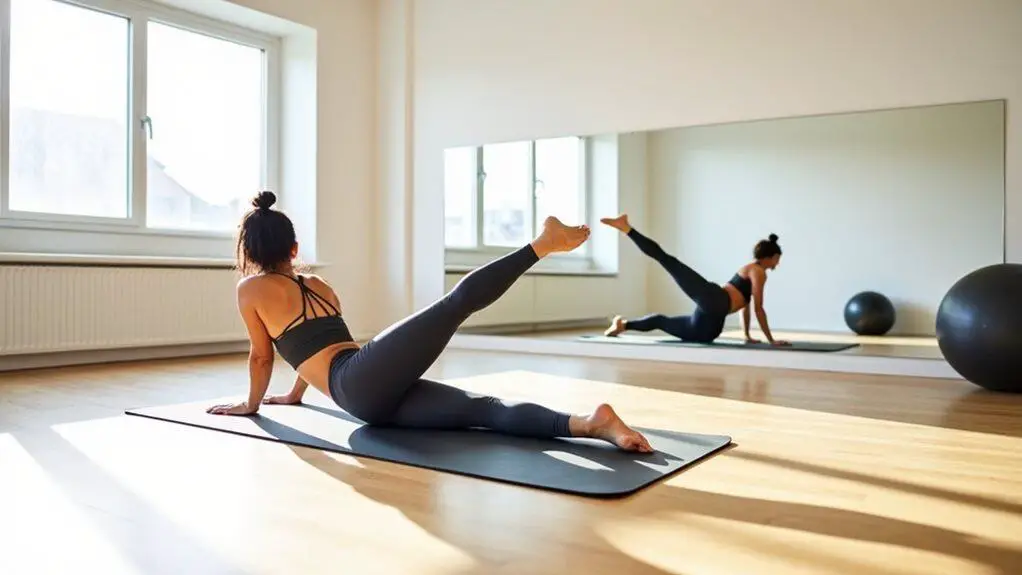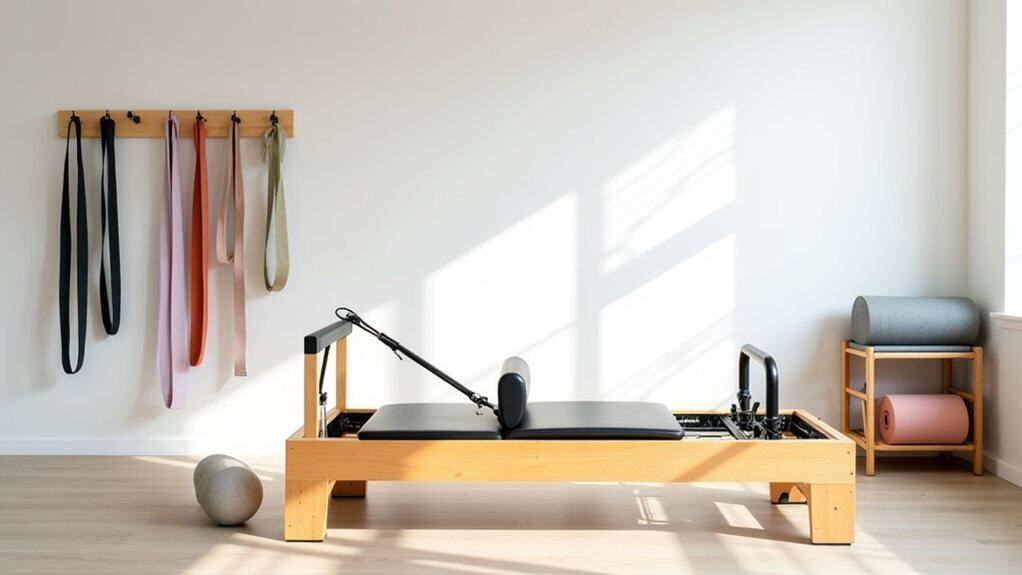Cycling, a dance between humans and machines, pushes the boundaries of endurance, speed, and passion. Every turn of the pedal, every breath is taken, and every drop of sweat signifies an athlete’s commitment to mastering the craft. Yet, some secrets and strategies can amplify one’s prowess on two wheels within this journey.
To enhance cycling performance, prioritize structured training, focus on nutrition and hydration, ensure optimal bike fit, incorporate strength and flexibility exercises, and emphasize adequate rest and recovery. Utilizing these strategies can lead to more powerful and efficient pedaling.
Delving into the intricate world of cycling, we uncover the myriad of nuances that can elevate a cyclist’s performance to soaring new heights.
Structured Training: The Backbone of Progress
Like any sport, cycling demands more than raw passion and enthusiasm. It requires a systematic approach to training if one hopes to improve and reach new performance milestones consistently. Structured training provides a roadmap to success, tailoring each ride and workout to ensure progression and avoid stagnation.
1. Periodization: Periodization involves breaking down your training year into specific cycles, each with a distinct focus. Whether it’s building endurance, increasing speed, or sharpening race tactics, periodization ensures a balanced approach to training.
2. Training Zones: Understanding your heart rate or power zones can be invaluable. By training in specific zones, cyclists can target different physiological adaptations, making each ride more effective.
3. Intervals vs. Endurance Rides: Not all rides are created equal. While long, steady rides build aerobic capacity; interval sessions can enhance VO2 max and threshold power. Knowing when and how to incorporate these can be a game-changer.
4. Feedback and Adaptation: Utilizing tools like power meters and heart rate monitors provides real-time data. Reviewing this feedback helps adjust training plans, ensuring they align with one’s goals.
5. The Role of a Coach: While self-training has merits, a seasoned coach can provide invaluable insights, crafting personalized plans and offering advice based on years of experience and expertise.
In conclusion, structured training is more than just a regimen; it’s a commitment to systematic progression. It acknowledges that every pedal stroke counts in the world of cycling, and how you approach each ride can make the difference between good and exceptional performance.
Nutrition and Hydration: Fuelling the Ride
No engine, no matter how finely tuned, can run without fuel. Similarly, cyclists the organic engines, require proper nutrition and hydration to ensure optimal performance and recovery. The body’s demands during cycling are rigorous; meeting those demands with the right nutrients can transform a ride.
1. Carbohydrates: The Primary Fuel
During intense cycling, the body primarily relies on carbohydrates for energy. Consuming a diet rich in carbs ensures that muscle glycogen stores are adequately stocked and ready for demanding rides and sprints.
2. Protein: For Repair and Growth
After a grueling ride, muscles undergo wear and tear. Protein is pivotal in repairing these microtears, helping build stronger and more resilient muscles for future challenges.
3. Fats: Long-lasting Energy
While carbohydrates are the go-to for short bursts, fats are essential for longer rides, providing steady energy release and ensuring stamina.
4. Electrolytes and Hydration
Sweat isn’t just water; it’s packed with electrolytes vital for muscle function. Rehydrating isn’t only about drinking water but also replenishing these lost electrolytes. Sports drinks, electrolyte tablets, or natural sources like bananas can be excellent choices.
5. Timing Matters
The timing of nutrient intake can be as crucial as the nutrients themselves. Pre-ride meals to stock up energy, mid-ride snacks to maintain glucose levels, and post-ride nutrition for recovery can significantly affect performance and recovery.
6. Listen to Your Body
Every cyclist is unique, and so are their nutritional needs. Paying attention to one’s body is essential, noting how different foods affect performance and adjusting diets accordingly.
In sum, nutrition and hydration lay the foundation while training propels a cyclist forward. It’s the intricate balance of these elements that fuels the journey, ensuring that every ride is not just strong but also sustainable.
Bike Fit: Tailoring Your Machine to You
The relationship between a cyclist and their bike is an intimate one. Like a bespoke suit tailored to perfection, a properly fitted bike can enhance comfort, increase efficiency, and reduce the risk of injury. The symbiosis between rider and machine can distinguish between pleasant and excruciating rides.
- Importance of a Professional Bike Fit:
While adjustments can be made based on intuition and experience, a professional bike fit involves precise measurements and expertise. This ensures that the cyclist’s unique biomechanics are catered to, optimizing pedal stroke and posture.
- Saddle Height and Position:
An improperly positioned saddle can lead to knee pain and inefficient power transfer. The correct height and fore/aft position allow optimal leg extension and power generation.
- Handlebar Reach and Height:
The handlebar’s position determines the rider’s upper body posture. Adjusting its height and reach can alleviate back, shoulder, and wrist strain, ensuring comfort even on the longest rides.
- Cleat and Pedal Alignment:
Foot position on the pedal plays a significant role in knee health and power output. Proper cleat positioning ensures that the foot, knee, and hip are aligned, providing a fluid and powerful pedal stroke.
- Fine-tuning for Specific Needs:
Whether adjusting for a long-term injury, accommodating a unique riding style, or preparing for a particular race, sometimes bespoke adjustments are needed. These nuances can make a world of difference in a cyclist’s experience.
- Regular Re-evaluations:
As riders evolve, so do their needs. Factors like improved flexibility, changes in riding style, or even a new pair of cycling shoes can necessitate a re-evaluation of one’s bike fit.
A bike isn’t just a piece of machinery; it’s an extension of the cyclist. Ensuring this extension fits perfectly can pave the way for better performance and a deeper, more enjoyable connection with cycling.
Rest and Recovery: The Silent Pillars of Performance
Amidst the euphoria of intense rides, grueling training sessions, and the pursuit of personal bests, the quiet moments of rest and recovery often take a backseat. However, true growth occurs in these silent phases, allowing the body to heal, adapt, and emerge stronger. Recognizing the profound impact of rest and recovery can redefine a cyclist’s journey, ensuring sustainable progress and peak performance.
1. The Science of Recovery:
After strenuous activity, muscles experience micro-tears. During rest, the body repairs these tears, building stronger and more efficient muscle fibers. Neglecting recovery can hinder this natural adaptation mechanism.
2. Sleep: The Ultimate Recovery Tool:
Quality sleep is a cornerstone of recovery. It’s when the body releases growth hormones, facilitating muscle repair and cognitive rejuvenation. A consistent sleep routine can significantly enhance overall performance and well-being.
3. Active Recovery:
Light rides, easy spins, or low-intensity cross-training can aid recovery by promoting blood flow, which delivers nutrients to sore muscles and expedites healing.
4. Nutrition’s Role in Recovery:
Post-exercise, the body craves nutrients to replenish glycogen stores and repair muscles. Consuming a blend of proteins and carbohydrates shortly after a ride can optimize recovery.
5. Hydration for Healing:
Water is crucial in transporting waste products away from muscles and delivering essential nutrients for repair. Staying adequately hydrated post-ride accelerates the recovery process.
6. Advanced Recovery Techniques:
Various tools and techniques can enhance muscle recovery and reduce soreness, from compression garments and ice baths to foam rolling and massage.
7. Mental Recovery:
Beyond the physical, mental rest is paramount. Taking breaks, practicing mindfulness, and engaging in activities outside of cycling can rejuvenate the mind, ensuring a fresh and motivated return to the saddle.
In the grand tapestry of cycling performance, while training threads create the design, the spaces of rest and recovery give it form and strength. Embracing these silent pillars can be the key to unlocking one’s full potential on the bike.
Sources:
https://www.bicycling.com/training/a40729922/pedal-stronger-with-targeted-pedaling-exercises/
https://www.bicycling.com/training/a20021262/pedaling-mechanics/




